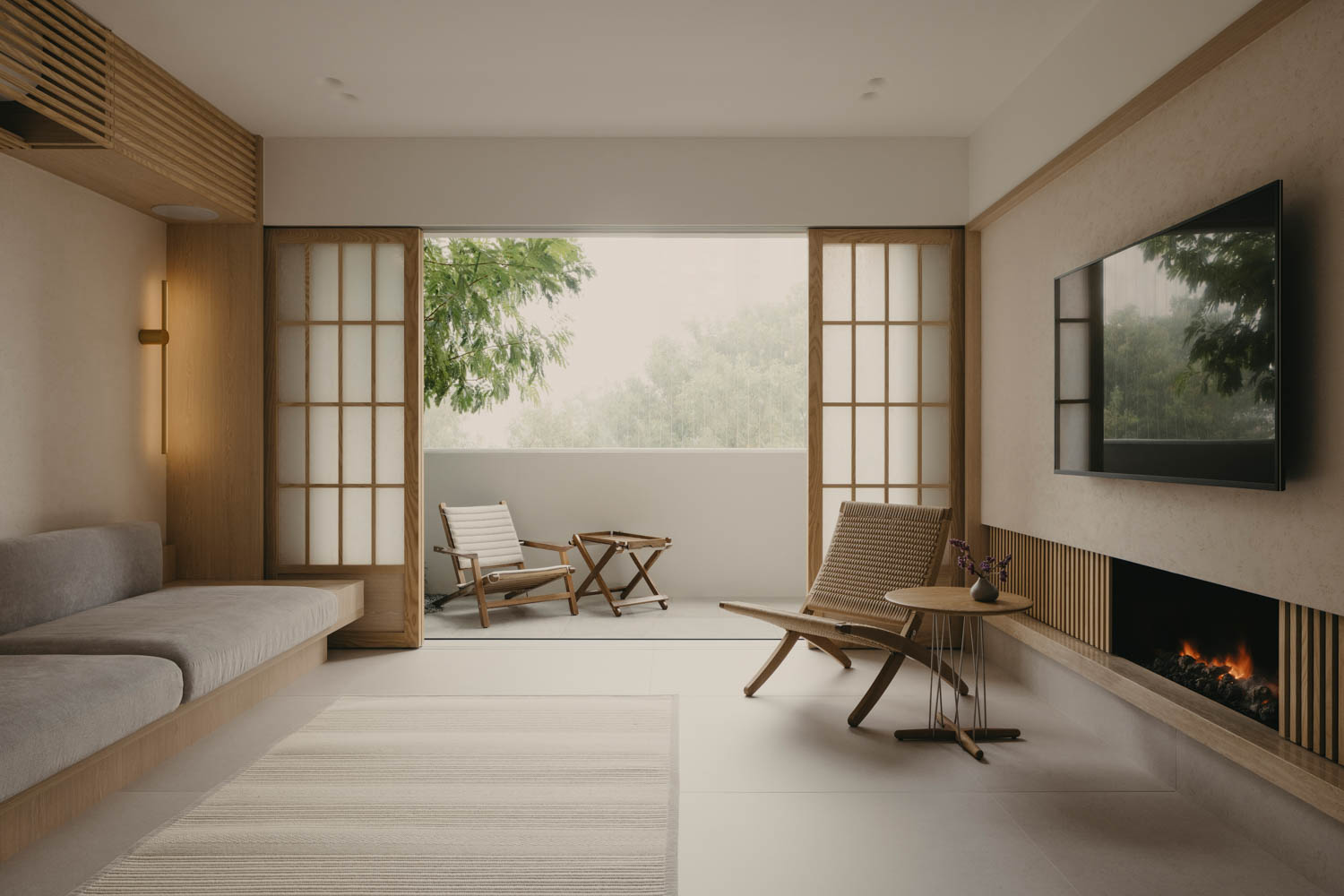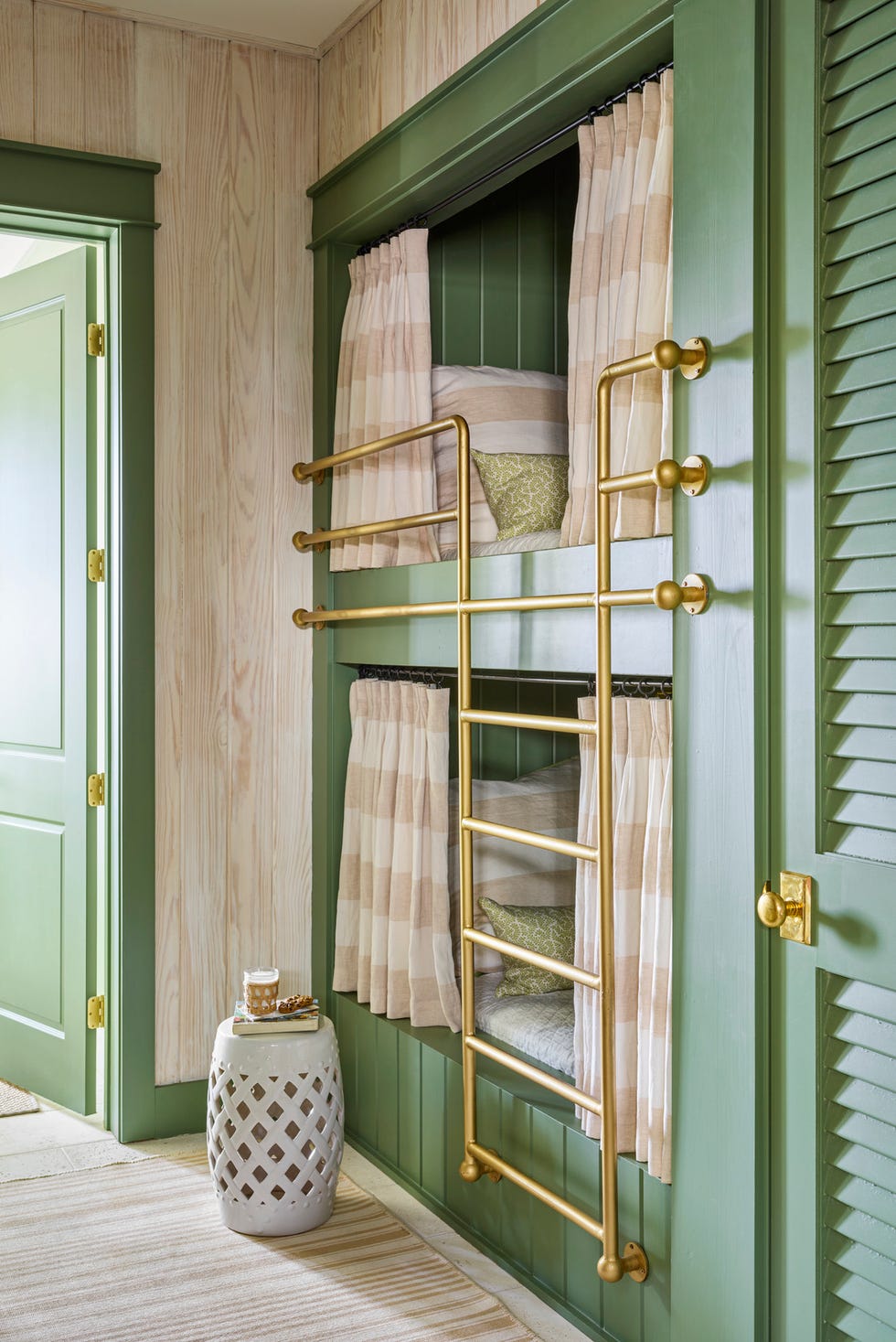Upgrade your space with expert miami interior design tailored to your style and needs.
Upgrade your space with expert miami interior design tailored to your style and needs.
Blog Article
Transform Your Home With Necessary Concepts of Inside Style and Appearances
By comprehending the impact of shade concept and the importance of texture and patterns, one can develop areas that are not only aesthetically appealing yet likewise deeply personal. Attaining this balance involves more than mere decor; it includes a tactical plan and an eager understanding of just how each component engages within an area.
Recognizing Color Theory
Comprehending the concepts of shade concept allows developers to develop spaces that resonate psychologically with passengers while meeting useful demands. Each category plays a crucial function in establishing consistency within an area.
The emotional impact of colors is profound; cozy tones such as reds and oranges evoke energy and warmth, while trendy tones like blues and eco-friendlies advertise calmness and serenity. The usage of complementary colors enhances visual interest, producing striking contrasts that can raise an area's allure.
Neutral shades, on the various other hand, offer as a versatile backdrop, allowing other design components to beam. It is important to consider elements such as illumination and the space's function when choosing a color palette, as these can alter the understanding of colors throughout the day.
Eventually, a well-considered color pattern can transform a room, fostering a sense of convenience and design that lines up with the citizens' choices. Mastery of color theory is, for that reason, an important skill for any kind of indoor designer aiming to create unified and welcoming atmospheres.
Achieving Balance in Layout
Exactly how can developers accomplish a feeling of balance in their rooms? Accomplishing balance in design is essential to creating unified interiors. Developers can use 3 main kinds of balance: balanced, unbalanced, and radial. Symmetrical balance involves preparing aspects evenly around a main factor, fostering a feeling of order and peace. This type commonly features sets of furniture or art work, improving visual security.
Asymmetrical equilibrium, on the other hand, depends on differing aspects that still achieve a natural appearance. This method enables more vibrant and casual setups, supplying interest while preserving equilibrium. By very carefully selecting differing dimensions, colors, and appearances, designers can produce an aesthetically compelling area that feels well balanced yet energised.
Radial equilibrium stresses a main prime focus with components emitting external. This style is commonly seen in circular formats, where furniture and design create a natural surround that draws the eye inward.
Ultimately, accomplishing equilibrium calls for thoughtful consideration of scale, proportion, and the connections in between components. interior design firms. By masterfully using these equilibrium concepts, developers can change spaces into atmospheres that really feel both cosmetically pleasing and functionally unified, boosting the total experience for occupants
Importance of Spatial Awareness

A keen feeling of spatial recognition enables developers to determine prime focus within a space, leading the visitor's focus to vital attributes while preserving a total sense of unity. It likewise helps in the calculated positioning of illumination, which can significantly influence the perception of space and mood. Comprehending spatial relationships enables the developer to provide to the details needs of citizens, making certain that each location serves its intended objective without jeopardizing aesthetics.
Ultimately, spatial recognition is vital for making best use of the possibility of any type of interior space. By carefully taking into consideration the interaction between measurements, design, and function, developers can develop atmospheres that not only satisfy useful needs however also evoke a feeling of convenience and beauty, boosting the general living experience.
Including Structure and Patterns
Embracing a diverse series of structures and patterns can considerably boost the visual and responsive appeal of an interior room. The tactical usage of various products-- such as timber, metal, textile, and rock-- produces deepness and interest, making a space really feel more welcoming and dynamic. Combining smooth surface areas with rough structures can develop a balance that draws the eye and engages the detects.
When including patterns, take into consideration both range and rep. Huge patterns can serve as centerpieces, while smaller sized, refined layouts can match various other elements without overwhelming the area. Layering patterns, such as pairing flower cushions with striped throws, includes intricacy and a feeling of consistency if implemented thoughtfully.
It is also essential to maintain a natural shade scheme, ensuring that appearances and patterns collaborate instead than contend for attention. By choosing next page a couple of crucial structures and patterns, you can produce a combined aesthetic that reflects your individual style while enhancing the total atmosphere of the space. Ultimately, the mindful unification of these aspects can transform a link mundane room into a sophisticated setting abundant with character and heat.
Customizing Your Area
Creating a room that shows your personality is essential to accomplishing an absolutely welcoming atmosphere. Personalization in indoor style allows you to instill your unique design and rate of interests right into your home, changing it from a mere sanctuary into a refuge that talks to that you are. Begin by selecting a shade palette that reverberates with your emotions-- vibrant colors can invigorate, while soft look at here now tones use tranquility.
Include artwork and style that show your passions, whether it be travel, nature, or abstract principles. Showing individual collections, such as books, pictures, or souvenirs, can stimulate treasured memories and produce centerpieces within a room. In addition, think about tailoring functional items, like upholstered furnishings, to align with your visual choices.

Conclusion
To conclude, the transformation of a home with the vital principles of interior decoration and aesthetics necessitates a detailed understanding of shade concept, equilibrium, spatial recognition, texture, and personalization. Each aspect adds significantly to creating a harmonious and practical living environment - Architecture Firm. By attentively incorporating these concepts, people can enhance the visual appeal and psychological vibration of their areas, eventually cultivating a home that shows one-of-a-kind identifications while offering comfort and functionality
Report this page